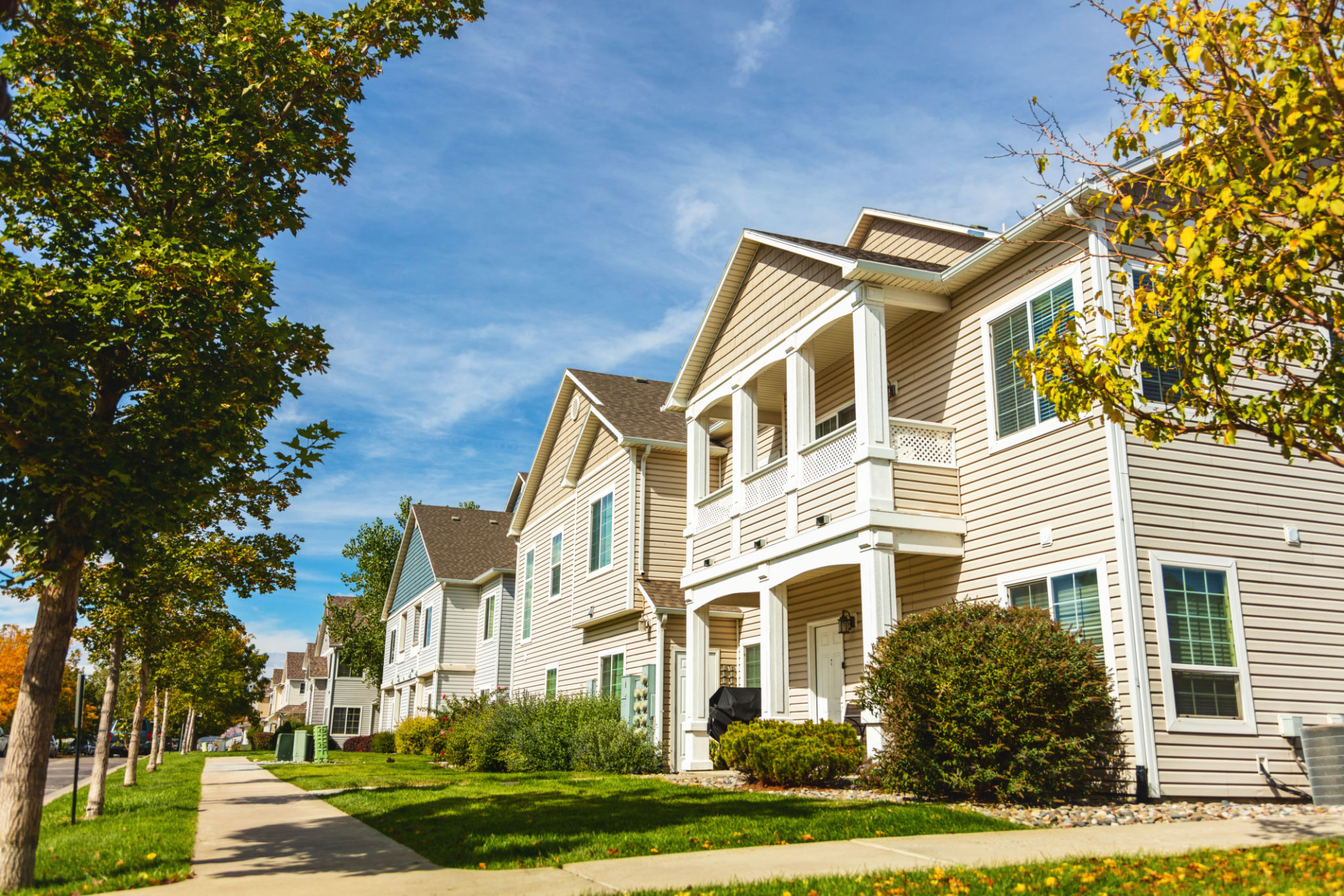Top Neighborhoods for Families: Choosing the Right Community for Your Needs
Understanding the Importance of Location
When choosing a neighborhood for your family, location is one of the most critical factors. Proximity to work, schools, and essential services can significantly impact your quality of life. It's important to find a balance between convenience and the environment in which you'd like to raise your family. A well-situated neighborhood can save you time, reduce stress, and provide a supportive community.

Top Considerations for Family-Friendly Neighborhoods
Families often prioritize certain elements when selecting a neighborhood. Here are some key considerations:
- Safety: Low crime rates and safe streets are a top priority for families.
- Education: Access to high-quality schools and educational resources is essential.
- Amenities: Nearby parks, recreational facilities, and family-friendly activities enhance community life.
- Transportation: Reliable public transport and easy access to major roads can simplify daily commutes.
School Districts
The quality of local schools often plays a significant role in deciding where to live. Research school ratings, visit potential schools, and speak with other parents to gain insights. Some families even choose neighborhoods specifically for their renowned school districts, which can also positively impact property values.
Community Engagement
A vibrant community with active participation provides a sense of belonging and support. Look for neighborhoods with events, clubs, and organizations that encourage interaction among residents. This engagement fosters a friendly atmosphere where families can thrive and build lasting relationships.

Exploring Different Types of Neighborhoods
Every family has unique needs, and not all neighborhoods will suit everyone. Here are some common types of neighborhoods that families might consider:
- Suburban Areas: Often offering larger homes, more green space, and quieter environments.
- Urban Neighborhoods: Closer to city centers with diverse cultural experiences and amenities.
- Rural Communities: Offering a slower pace of life with ample outdoor space for children to explore.
Evaluating Future Growth
Consider the future growth potential of a neighborhood. Areas with planned developments, such as new schools, shopping centers, or transportation links, can enhance convenience and increase property values over time. However, be mindful of potential downsides, such as increased traffic or noise levels.

Making the Final Decision
After narrowing down your options, visit potential neighborhoods at different times of the day to get a true sense of the environment. Talk to current residents about their experiences and any challenges they face. Ultimately, trust your instincts and choose a place where you feel your family will be happiest.
Choosing the right community for your family's needs involves careful consideration of many factors. By focusing on what matters most to your family—be it safety, schools, or community engagement—you can find a neighborhood that supports your lifestyle and fosters a nurturing environment for your children.
